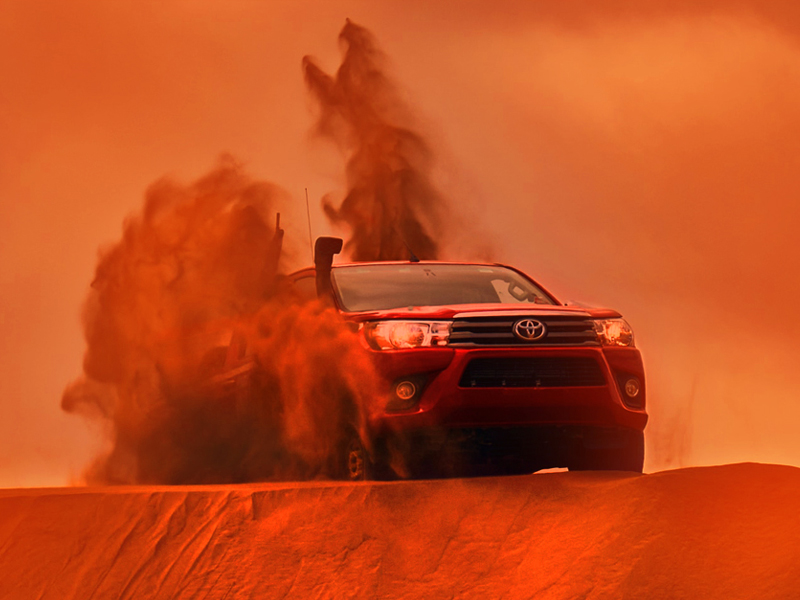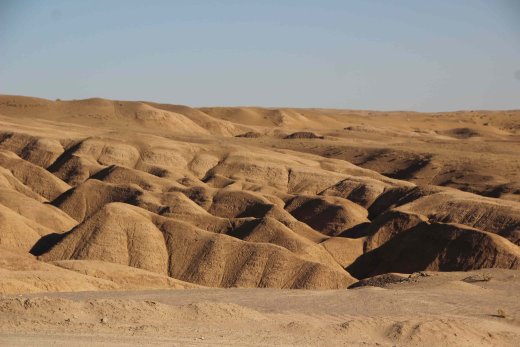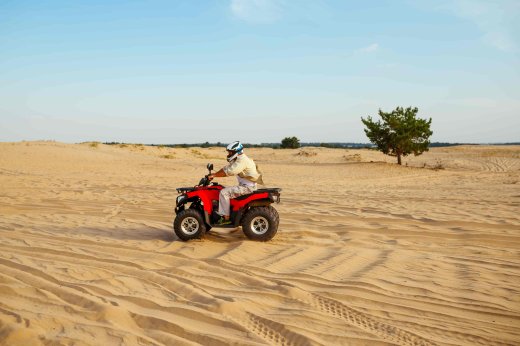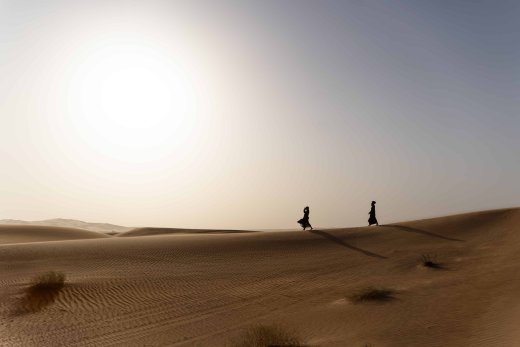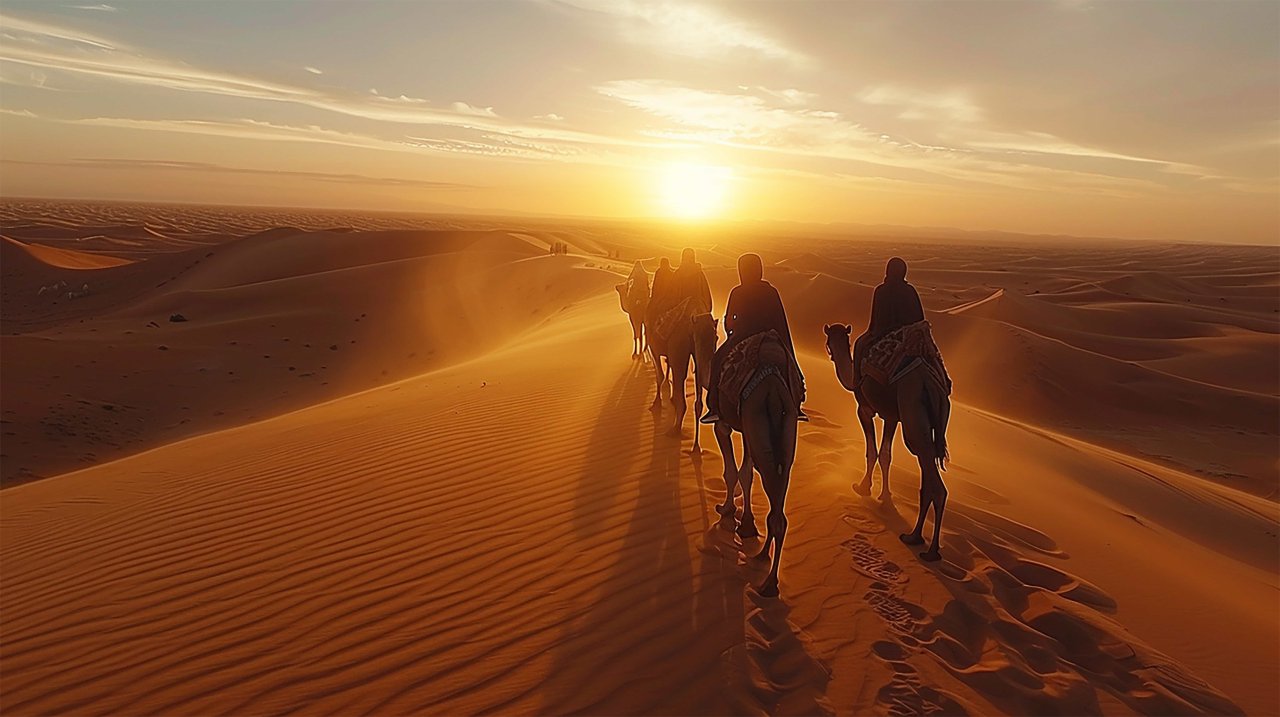
How Camel Rides in Abu Dhabi are Helping Support Local Wildlife Conservation Efforts
Desert wildlife is disappearing faster than we think. Harsh temperatures, habitat loss, and human pressure have pushed several species in the Arabian desert close to extinction. While cities grow, dunes shrink. Yet, within this shift, a quiet ally has emerged, camel tourism.
The traditional camel ride Abu Dhabi experience is no longer just a cultural highlight for travelers. It’s now a subtle but growing piece of the region’s wildlife conservation puzzle. The ride is meaningful. Not only scenic.
The Cultural Significance of Camel Riding in the UAE
Camel riding carries more than tourism value. In the Emirates, it’s deeply tied to tradition, heritage, and desert survival. Camels have supported travel, trade, and even identity. For centuries, they were family, not livestock.
- Camel racing continues to be a national sport with strong tribal roots
- Bedouin life revolved around camels for food, transport, and security
- Folklore, poetry, and songs honor the bond between humans and camels
- Emirati festivals often include camel beauty contests and heritage rides
- Camels feature in UAE currency, stamps, and national emblems
- Local elders pass down camel care knowledge as cultural education
Preserving camel heritage is part of protecting the region’s broader ecological memory. And now, tourism is helping keep that memory alive and relevant.
Linking Camel Tourism to Wildlife Conservation
The connection might not seem obvious at first. But slowly, camel-based tourism is building bridges between heritage and habitat. By supporting structured camel ride Abu Dhabi, travelers indirectly fund conservation-friendly operations. These include veterinary programs for camels, native plant restoration near campgrounds, and awareness projects about desert species.
Operators who offer camel trekking in Abu Dhabi are beginning to follow eco-tourism guidelines. They’re spacing rides to reduce terrain erosion and steering visitors toward protected dunes. These measures prevent tourist sprawl from reaching critical animal zones, simple actions, but with long-term impact.
In some areas, camel routes run near areas inhabited by gazelles and reptiles. Responsible riders keep to marked paths, avoiding disruption. Some camps also partner with wildlife conservation groups for guest education. Talks on local flora, sand foxes, and migratory birds are becoming part of the evening itinerary. Through this, the average visitor learns more than just camel facts. They leave with a sense of the desert’s balance.
Camel Welfare: Ethical Practices in Tourism
Camel tourism has grown fast, but speed often challenges ethics. Some tour operators prioritize experience over animal care. Responsible ones, however, maintain proper standards to protect their camels’ health and dignity.
Regular Veterinary Checks
Animals undergo routine health evaluations. Weight checks, hydration levels, and foot care are scheduled monthly, especially during peak seasons.
Work Rotation and Rest Periods
Camels are not ridden continuously. They work limited hours daily and rotate across rides. No animal carries beyond its capacity or frequency.
Humane Riding Practices
Professional handlers fit saddles correctly and brief tourists on posture and balance. This reduces strain on the animal's back and prevents injury.
Hydration and Nutrition
Camels have access to fresh water, shade, and nutrient-rich feed after every session. Camps monitor eating schedules closely, especially during extreme temperatures.
Training Without Force
Camel training uses reward-based methods. No aggressive tools or confinement tactics are used during behavior training or route adaptation.
Proper camel treatment reflects broader respect for the environment. Ethical tourism means the welfare of every participant, animal included, is considered and upheld.
Local Communities and Environmental Stewardship
When tourists engage with camel trekking in Abu Dhabi, they often interact with Emirati guides or desert-based communities. These connections foster shared responsibility. Local families involved in camel care learn the value of wildlife-friendly practices. Income from rides supports education and land conservation initiatives. As a result, the people most familiar with the land become its stewards.
For many families, camel handling is no longer just income; it’s linked to ecosystem preservation. This relationship encourages safer tourism, cleaner campsites, and preservation of rare plants around settlement zones. Conservation is no longer distant. It becomes local.
Eco-Friendly Desert Camps and Sustainable Tourism Models
Some tourism operators are redesigning their desert camps with sustainability in mind. Solar panels replace generators. Refillable water stations reduce plastic use. Native plants are left undisturbed near tents. These practices reduce the ecological footprint while maintaining a genuine experience for travelers.
Eco-certified camps also limit the number of guests per day. This reduces pressure on the land and allows the natural environment to recover. Guides are trained to spot protected animal behavior and report any unusual sightings. This informal network feeds data into wildlife conservation projects running nearby.
Many desert camps now include interpretive talks or briefings before the camel ride Abu Dhabi tour begins. Visitors are informed about what to do and what not to disturb. These mini-briefings set a respectful tone and subtly shift behavior, education without intrusion.
As the industry matures, such models are expected to grow. Ethical camel tourism may soon be the standard, not the exception.
Traveler’s Role in Conservation-Focused Experiences
Visitors often underestimate their role. Choosing operators who follow ethical practices sends a signal. Asking about animal care policies or environmental steps encourages accountability. What guests choose to support determines what survives.
Participating in a camel ride Abu Dhabi experience that includes conservation education can leave a deeper impact. Not just memories of the ride, but context for the journey. Through simple choices, like skipping litter, staying on guided paths, or tipping responsible guides, travelers contribute to the desert’s survival.
Final Thoughts
Camel tourism is shifting from a novelty to a purpose-driven experience. It’s not only about enjoying the dunes. It’s also about helping preserve their surroundings. As more operators align with wildlife conservation goals, the humble camel ride becomes part of a much larger story. Visitor's Destination invites you to be part of that story.
What kind of journey are you planning? One that leaves a mark, or one that leaves things better? We help you do both at Visitors Destination.
You can enjoy the camel ride for three hours (including the travel time). Ride across the beautiful desert on a camel for the next thirty minutes. You get delicious refreshments such as tea, Arabian coffee, dates, and more.
Frequently Asked Questions
1. Is the camel ride suitable for beginners or first-time riders?
Yes. Professional guides lead all treks. The ride is smooth, and camels are trained for tourist interaction.
2. How long does a typical camel ride in Abu Dhabi last?
The full experience, including pickup and travel time, is about three hours. Actual ride time is usually around thirty minutes.
3. Does camel trekking in Abu Dhabi support local conservation?
Yes. Many tours contribute to wildlife programs and follow eco-tourism guidelines designed to protect native species and habitats.
4. What should travelers wear during a camel ride Abu Dhabi tour?
Comfortable clothes, sunglasses, and closed shoes are recommended. Sunblock and a hat also help during day tours.
5. Are refreshments included in the camel ride tour package?
Yes. Most packages include refreshments such as Arabic coffee, dates, tea, and sometimes light snacks, served at the desert camp.

